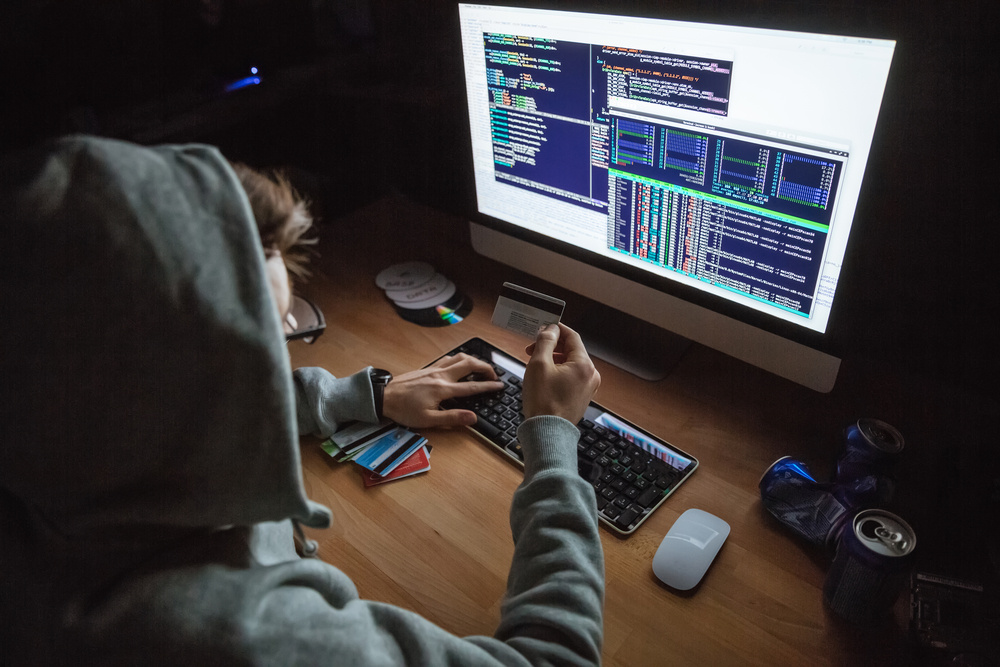How Is AI Used in Chemistry? Conversational Assistant Case Study

They emulate a person communicating with real humans. They’re limited, but their underlying technology is still quite useful.
Recognizing this, the life sciences industrial complex is seeing substantial investment in AI, and for good reason. These AI systems can be developed to do what humans do; this included helping us battle COVID-19, because that is precisely what they did. Vaccines usually take 10-15 years to develop; yet, thanks to AI, we obtained one for COVID in just under a year.
By 2028, AI’s life science market will likely hit US$7 billion powering a compound annual growth rate (CAGR) in excess of 25%. Half of the largest pharma outfits have already climbed onboard, according to LifeSciencesIntelligence, entering into licensing agreements or partnerships. Leadership in that crowded field is going to take some work, so it’s best to start now.
How is artificial intelligence used in chemistry?
Chemistry and artificial intelligence (AI) worked together and basically saved the world from planet-wide devastation with enhanced drug discovery. Let’s examine how that came to pass, and how AI helped saving us, while worldwide politicians tried to sweep the threat under the carpet, hoping it would “go away” before the next election cycle.
Pharmaceutical companies have thousands upon thousands of bespoke molecules in their chemical libraries. Most are interesting discoveries with no known application. Manual chemistry can mix and match until something interesting happens, but it would take centuries to try all possible combinations.
Creating Anhydrous Boro-bromo-carbonyl chloro-oxalate as a cure for all forms of cancer, irrespective of cause, is not going to happen. It is unlikely that someone would stumble over this pseudo-drug accidentally with the trillions of other possibilities standing in their way. If they do, I want my 1% share!
What really happens is that AI provides the ability to quickly investigate these molecular libraries, getting us candidate molecules for testing years before humans could have completed the same tasks.
As I’ve mentioned, vaccines usually take 10-15 years to develop. With AI, we obtained working COVID-19 vaccines in just under a year. We needed rapid prototyping to make that work. The machine won’t randomly discover things—we will still have to ask the right questions and provide parameters.
By incorporating machine learning models (ML), deep learning (DL), and natural language processing (NLP), we can transform time consuming manual chemical research into a tool where you can speak or type your queries. AI-powered assistant interfaces can intelligently interpret the questions or instructions and render efficient answers.
AI can simulate processes in virtual spaces, in mere seconds, rather than hours or days of manual setup. It can research and compose new molecules specifically for medicine; similarly, it can do the same for industry—meeting strength, melting points, molecular stability, erosion resistance, or any other goals. It can also analyze chemical data quickly, and all within a virtual space so all that remains is to test the solutions in the real world.
This saves countless hours of traditional methods, i.e., manual experimentation, and provides scientific exploration and discovery with warp speed. As revealed in a study by the American Chemical Society, progress between 2000 and 2018 was consistent and slow. Yet, it was suddenly spurred to 600% growth in the last few years, simply by introducing artificial intelligence into the equation.
At Netguru, we support the implementation of AI in numerous areas which enhance the capabilities of the pharmaceutical and life science investigators. We have a vested interest in your success, not only as a business but as humans that foresee a better future for all of humanity. So where are we going? Let’s look at developments!
5 trends for AI in chemistry
Here are a few of the most prominent examples of integrating AI into chemistry.
Detection of molecular properties
Using AI to detect molecular features in virtual settings eliminates much of the laborious manual research. This leaves us only with new drug candidates that are much more likely to yield useful results.
For example, Schrödinger employs AI and ML in the prediction of the properties of molecules. They possess advanced machine learning algorithms for precisely that purpose—predicting structures, behaviors, and properties.
Designing molecules
Groundbreaking work has been rocketed forward by including AI in molecular design. Impossible bonds are ignored while new, unique bonds create advances never before considered. Chemical synthesis and AI are natural allies because Artificial Intelligence is fast, can try all the possibilities in record time, and is unbeatable at finding hidden patterns in data.
For example, DeepMind, (Alphabet Inc.), uses AI’s deep learning and reinforcement learning techniques for developing desired properties in a new molecule. Novel molecular structures with drug-binding affinity or material properties flow from their sophisticated algorithms, optimized for specific tasks. It could be room-temperature superconductors, new catalysts, or environmentally friendly plastics.
Drug discovery
AI speeds drug discovery in chemistry. MIT researchers identified a potent new antibiotic compound capable of combating drug-resistant bacteria, using an AI-ML algorithm. This highlights AI’s critical role in combating emergent and fatal diseases.
Companies such as Recursion Pharmaceuticals have used these methods to discern innovative treatments for rare genetic disorders and accelerate drug development. Again, it’s AI-ML techniques and the fast analysis capacity to screen samples that allow them to discover new medicines.
Retrosynthesis reaction
This technique allows for the deconstruction of large molecules into smaller components to find better, more efficient pathways to synthesize something useful. Unfortunately, it is an arduous manual task or was until AI entered the picture.
Now, the AI platform IBM RXN for Chemistry exists, allowing chemists to converse with the AI (using natural language processing), developing new AI-suggested routes for synthesizing the pathways of interest. Getting to the target molecule will be much faster than manual synthesis since IBM RXN possesses well-understood chemical reaction databases and chemical knowledge already built-in.
Predictive analysis
Your current data combined with historical knowledge, tossed in a blender with a powerful AI facilitates predictive analysis. The AI’s machine learning and deep learning models can show the predicted lifetime of bonds (shelf life), efficacy of drugs and drug molecules, and identify positive directions for research thereby avoiding costly negative, or simply poor, results.
Consider Syntegra, for example. They use the predictive analysis of AI to optimize their chemical processes so they can bring production up to commercial levels from laboratory scale. You can’t supply a planet from a single lab!
Benefits of using AI in chemistry
Accuracy
AI models exhibit impressive precision when predicting molecular properties, including stability, solubility, and toxicity. This precision reduces errors in experiments, thereby improving subsequent decision-making. Additionally, their proficiency in analyzing data enables more accurate identification of chemical compounds and their structural characteristics, thereby reducing the likelihood of errors.
Efficiency
AI and automation are natural partners. Eliminating the drudgery of repetitive tasks frees up humans to do the things that AI can’t do, such as being creative. AI is superb at analyzing huge datasets—it’s what it’s best at. It also saves immense amounts of money by identifying promising paths and eliminating costly and unrewarding investigations.
Digital acceleration
All these things add up to improved time-to-market and digital acceleration. Prediction makes for easier and faster synthesis. Making the best product, faster and sooner, also assures pricing power in the market that follow-on entrants may never possess.
Manual chemistry, though valuable by having gotten us this far, will not be competitive with AI-backed chemistry. Digital acceleration eliminates most trial-and-error chemistry and you get to usable results sooner, at an improved cost, with greater speed, and higher reliability.
AI contributes to shaping a future where scientific advancements are defined not just by the depth of knowledge but also by the precision and efficiency in acquiring and then applying that knowledge. That is digital acceleration at its finest.
The future prospects for AI in chemistry
It was Archimedes who once said (roughly translated): Give me a lever long enough, and a fulcrum upon which to place it, and I shall move the Earth!
For chemists, AI is such a lever—a force multiplier—that will lift you above those who hesitate to exploit it now, in its infancy. AI in chemistry using natural language processing, machine learning models, deep learning, synaptic networking, and all the rest, leads to massive digital acceleration that is a nearly insurmountable advantage for the early adopters.








